Plant Diversity Co.
STARTER Cover
The Low Cost Blend Option
The Low Cost Blend Option
The Starter Cover® is composed of strictly cool-season plants, giving it a natural frost tolerance advantage over warm-season plant species. This allows you to sow this blend early in the spring to take advantage of early spring moisture & sunlight to maximize biomass and regrowth potential.
A great introductory blend for anyone looking to get started with multi-species cover crops.
This blend is formerly known as the Cool Season Cover, but it now includes Winter Triticale for overwintering capabilities.
All plant species in this blend are cool season. Limited frost risk. Seed early to capture spring moisture to maximize biomass & regrowth potential.
Seeding Rate: 60 Ibs/acre SKU: 2000 Ib Tote
Seeding Time: April 15th - May 15th
Use On The Farm: Silage, Dry Hay, Grazing
Days To Maturity: 70-80 days
Seed Tag: Click here
Inoculant Required: Learn More
FCC Financing is available for 2025-2026 seed purchases.
See below for the most frequently asked questions regarding the Starter Cover®
If applying Nitrogen fertilizer, keep below 40 Ibs/acre actual.
If applying Phosphorus fertlizer, keep below 10 Ibs/acre actual (in seed row)
A multi-species rhizobium inoculant is required (NDURE).
Important To Note: Excess nitrogen fertilizer will inhibit legumes from establishing a relationship with rhizobium bacteria. This relationship needs to be established for later season vegetation and growth.
If weed pressure is an issue or you have a history of problem weeds on the field you selected, we recommend a pre-burn herbicide application. Do not plant on fields with kochia problems. For best weed control, spray crop with glyphosate 2-3 days after seeding. (pre-emergence)
The herbicides AIM (Group 14) or Conquer (Group 14 & 6) from FMC are a recommended glyphosate tank mix partner for better control of broadleaf weeds.
Due to only cool-season plant species in the blend, we have limited frost risk, whereas for any blend with warm-season plant species we need to wait until soil temperatures warm up.
This is the trade-off. Less drought tolerance and diversity, but the Early Season Cover allows you to seed as early as possible to maximize biomass & regrowth potential.
Seeding depth of 3/4 inch - 1 inch.
The Starter Cover® will reach full biomass potential about 70-80 days after germination (depending on seed timing). Due to plant diversity and indeterminate species, the window for silage is much wider than a monocrop forage.
Cut Early: Less biomass, more regrowth, higher protein.
Cut Later: More biomass, less regrowth, lower protein.
Yes. Winter Triticale, Hairy Vetch, Purple Top Turnip & Daikon Radish will regrow. These plant species were selected to provide a balance of energy (cereals) & protein (legumes). Moisture will determine regrowth.
If you want more re-growth, cut early. If you want more winter forage with less grazing, cut later.
Expect a balanced feed ration of energy & protein due to high energy cereals & high protein legumes.
Range depends on harvest timing.
Protein: 11.0-16.0
TDN: 60-65
Yes. You can expect 7-10 days dry down time. Feed quality & palatability will be slightly lower than silage.
Yes. Decaying high-diversity root biomass will improve soil function greatly. (Increased water infiltration, soil aggregation & biological activity)
Remember to benchmark this by following our Water Infiltration Protocol.
To give producers more grazing options, we have included Winter Triticale into this blend.
Best practice is to not overgraze in fall to allow the Winter Triticale the best opportunity to overwinter.
If the Winter Triticale successfully overwinters, there will be an opportunity to graze again in spring.
Monoculture Environment: plants are all competing for the same sunlight, moisture & nutrients - all at the exact same time. This is competition.
Multi-Species Environment: Plants are forming symbiotic relationships with rhizobium bacteria, mycorrhizal fungi, and other soil micro-organisms to fix, solubilize & share nutrients (and water). This is collaboration.
Depending on soil temperature, soil chemistry, and environmental conditions present, a different spectrum of plant species in the canopy is always expressed.
This is why plant diversity is an insurance policy with Mother Nature.
STEP 1: If weed pressure is an issue or you have a history of problem weeds on the field you selected, we recommend a pre-burn herbicide application. Do not plant on fields with kochia problems.
STEP 2: If applying Nitrogen, keep below 40 Ibs/actual. A multi-species rhizobium inoculant is required. Excess nitrogen fertilizer will inhibit legumes in establishing a relationship with rhizobium bacteria.
STEP 3: Do not broadcast. Target 3 ⁄4 of an inch or up to 1 inch if moisture is available. The larger seeds will “give way” to the smaller seeds in the blend. Do not bury the blend 2-3 inches into the ground.
STEP 4: Due to only cool-season plant species in the blend, we do not need to worry about frost. This is the trade-off. Less drought tolerance but this blend allows you to seed early to maximize biomass & regrowth potential.
Plant species in the Starter Cover® have been selected to maximize regrowth potential for late fall grazing.
To give producers more grazing options, we have included Winter Triticale into this blend. Best practice is to not overgraze in fall to allow the Winter Triticale the best opportunity to overwinter. If the Winter Triticale successfully overwinters, there will be an opportunity to graze again in spring.
All cool-season cereals in this blend are sourced to guarantee CERTIFIED NO. 1 quality control & standards
All other seeds sourced and cleaned in the Starter Cover® meet the minimum standard of COMMON NO. 1
Weed Seed %: Cleaned to Canada Certified No. 1 standard
Germination % Minimum: Canada Certified No. 1 standard
Plant Type: Cool Season Grass
Seed Quality: Certified #1 Standard
Variety: Haymaker
Comments: Great nutrient scavenger due to dense fibrous root system. One of the most mycorrhizal-dependent cereals.
Plant Type: Cool Season Grass
Seed Quality: Certified #1 Standard
Variety: S-01 Super Oats
Comments: Great nutrient scavenger due to dense fibrous root system. One of the most mycorrhizal-dependent cereals.
Plant Type: Cool Season Legume
Seed Quality: Comm. #1
Comments: Highest nitrogen fixation capabilities of legume species. Sunlight Opportunist. High protein feed source. Regrowth
Plant Type: Cool Season Grass
Seed Quality: Certified #1
Variety: Conlon
Comments: Forage Barley adds a cool-season cereal for increased diversity
Plant Type: Cool Season Grass (Biennial)
Seed Quality: Comm. #1
Variety: Bobcat
Comments: Regrowth after initial cut will come from Winter Triticale. Intensity of fall grazing will determine overwintering abilities.
Plant Type: Cool Season Legume
Seed Quality: Comm. #1
Variety: 40-10
Comments: Forage pea varieties focus on smaller seed & increased biomass rather than grain yield. Rapid spring growth.
Plant Type: Cool Season Grass
Seed Quality: Certified #1
Variety: Sadash
Comments: Soft White Wheat for increased palatability of the blend.
Plant Type: Cool Season Broadleaf (Brassica)
Seed Quality: Comm. #1
Comments: Highly nutritious brassica (digestibility & protein). Tuber scavenges nitrogen and other nutrients for slow release decomposition the following year.
Plant Type: Cool Season Broadleaf (Linum)
Seed Quality: Comm. #1
Comments: The highest mycorrhizal fungi-dependent plant. Having a small percentage in the blend helps promote the AMF network.
Plant Type: Cool Season Brassica
Seed Quality: Comm #1
Why In The Blend? Highly nutritious brassica (digestibility & protein) with rapid cool-season growth characteristics. Taproot for soil compaction and nutrient scavenging.
To find testimonials from farmers across Western Canada who have implemented the Starter Cover® into their operations, click here.
You can find further farmer testimonials on social media via Facebook, Twitter & Instagram.
If you’re looking for further education on the concept of multi-species cover crops for winter forage - consider attending one of our upcoming Local Farmer Meetings.
An excellent opportunity to network with like-minded farmers.
Remember to apply for the OFCAF funding, where you may be eligible to recieve $50.00/acre (max. $75,000) for adopting multispecies cover crops on your operation. Click here for help getting the process/application started.
Funding will differ across Manitoba, Saskatchewan, & Alberta.
Feel free to contact your Provincial Territory Manager if you have any further questions regarding the Starter Cover®
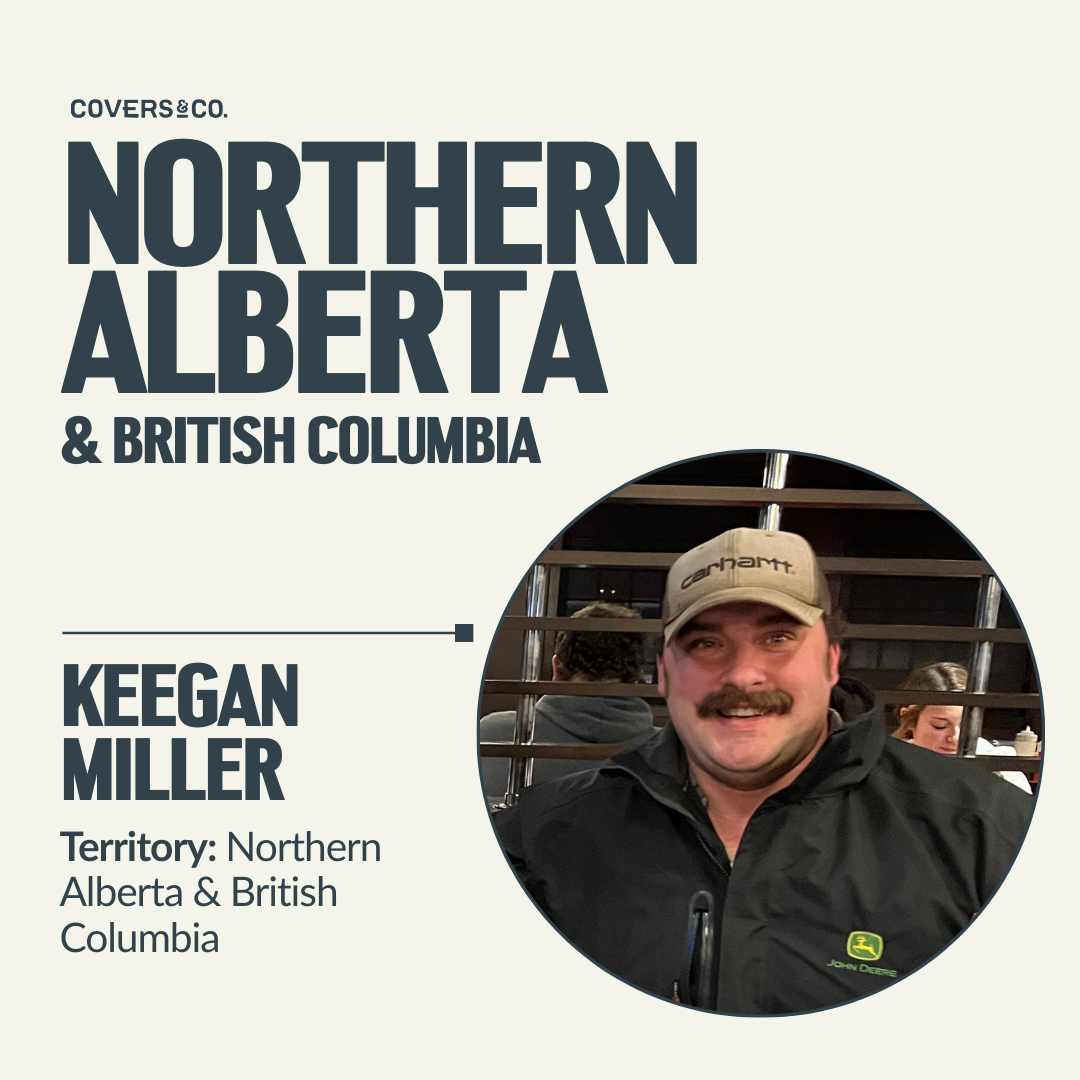
Name: Keegan Miller
Home Farm Location: La Corey, Alberta
Territory: Northern Alberta & British Columbia
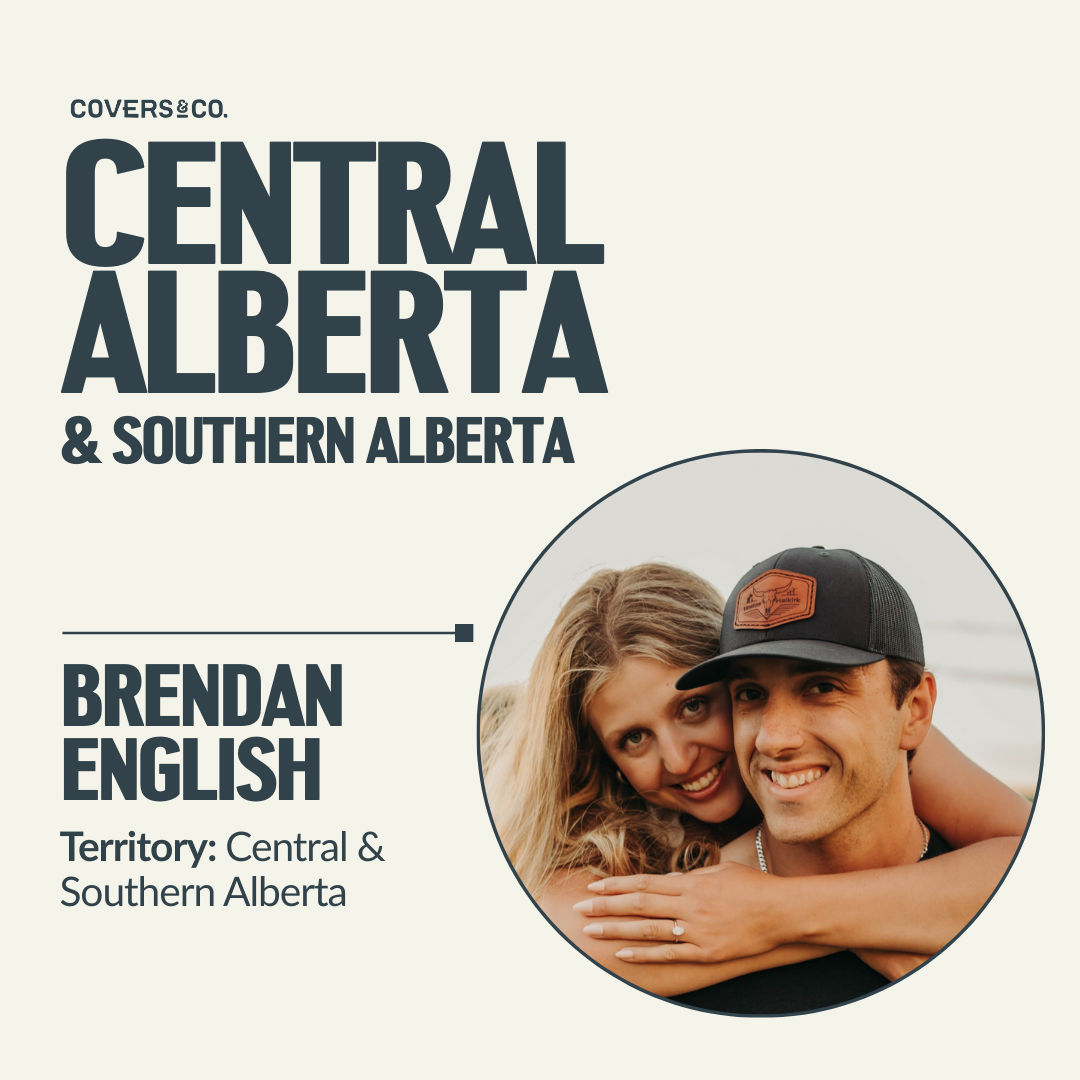
Name: Brendan English
Home Farm: Castor, Alberta
Territory: Central & Southern Alberta

Name: Tanner Hale
Home Farm Location: Hines Creek, Alberta
Territory: Peace River Country, Alberta
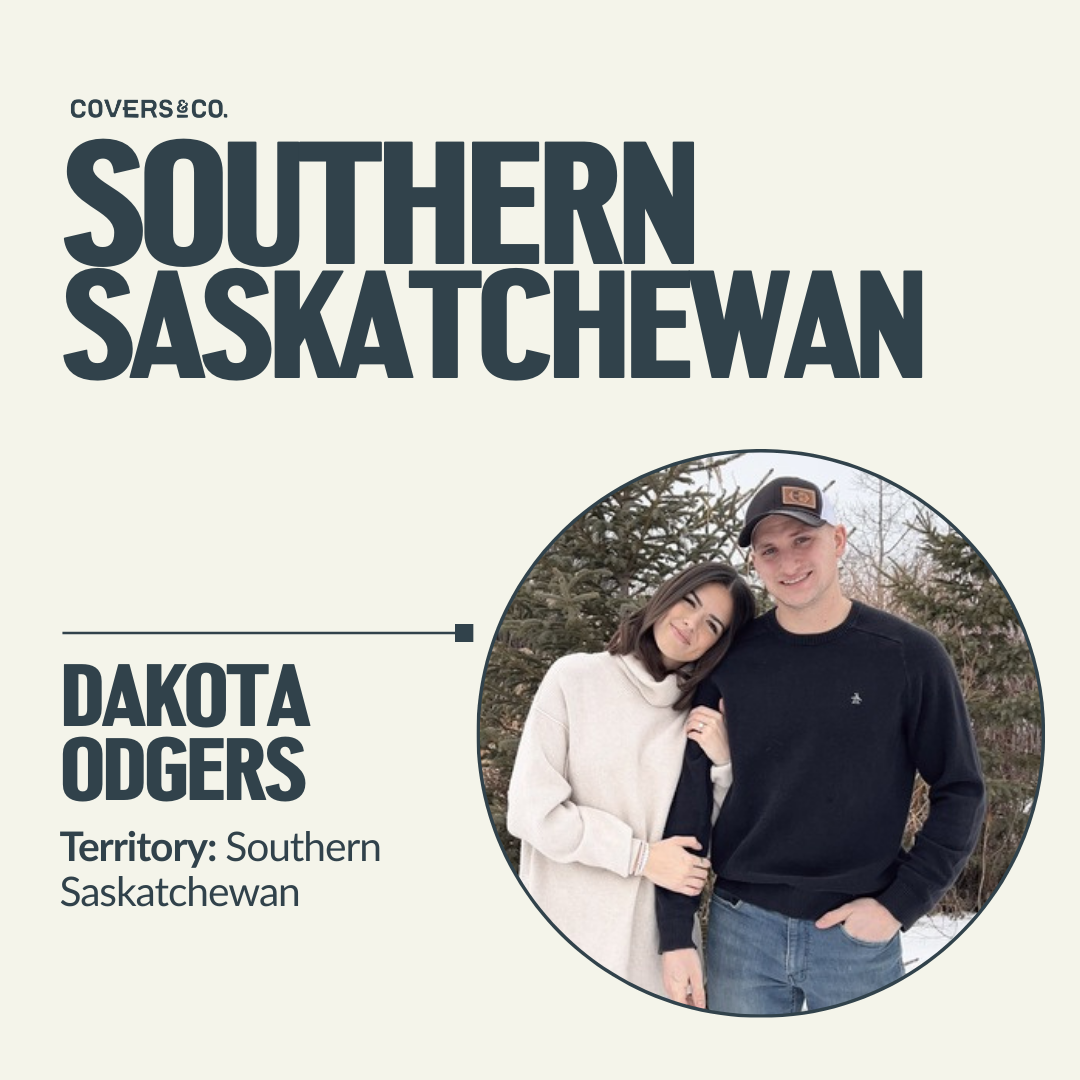
Name: Dakota Odgers
Home Farm Location: Spy Hill, Saskatchewan
Territory: Southern Saskatchewan
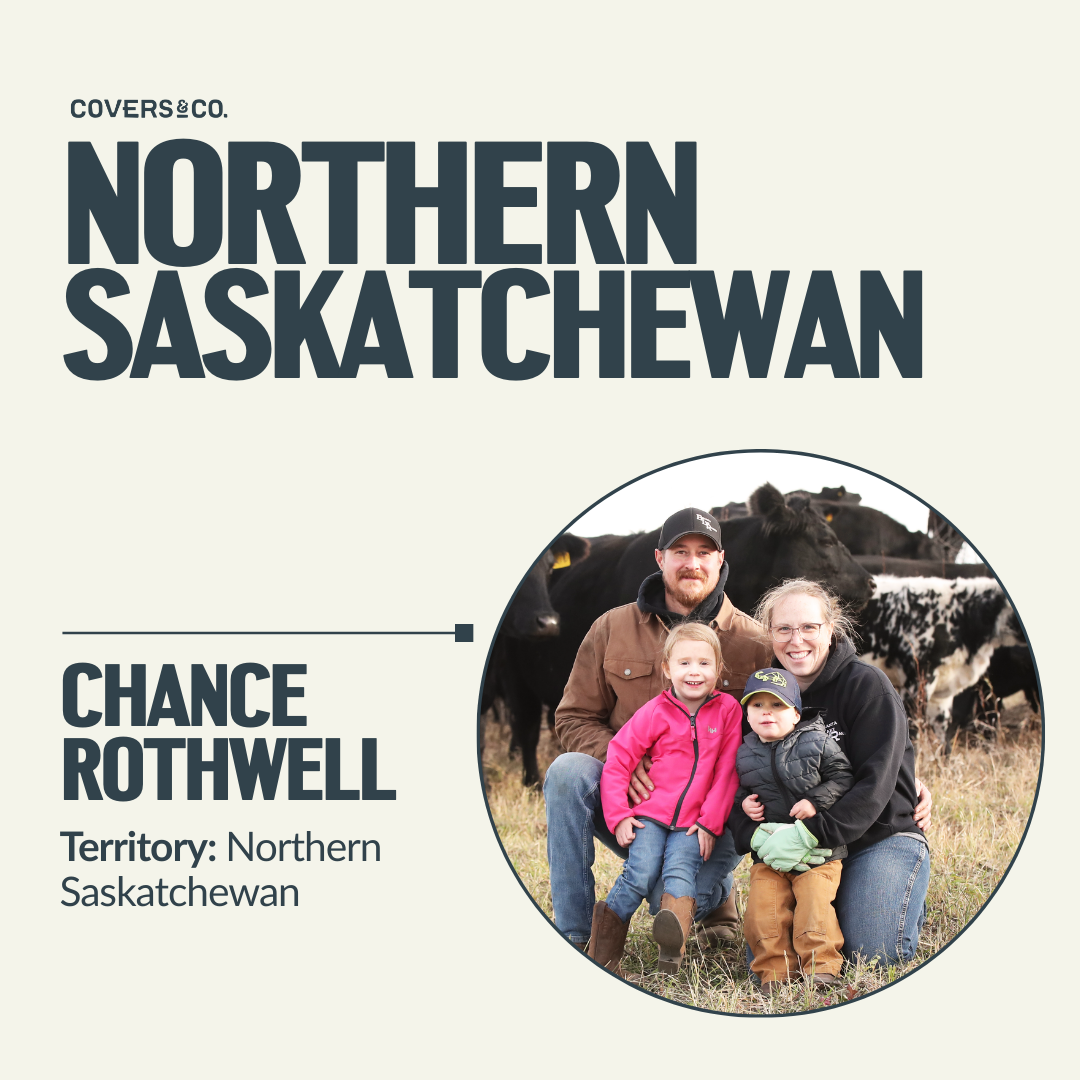
Name: Chance Rothwell
Home Farm Location: Shellbrook, Saskatchewan
Territory: Northern Saskatchewan
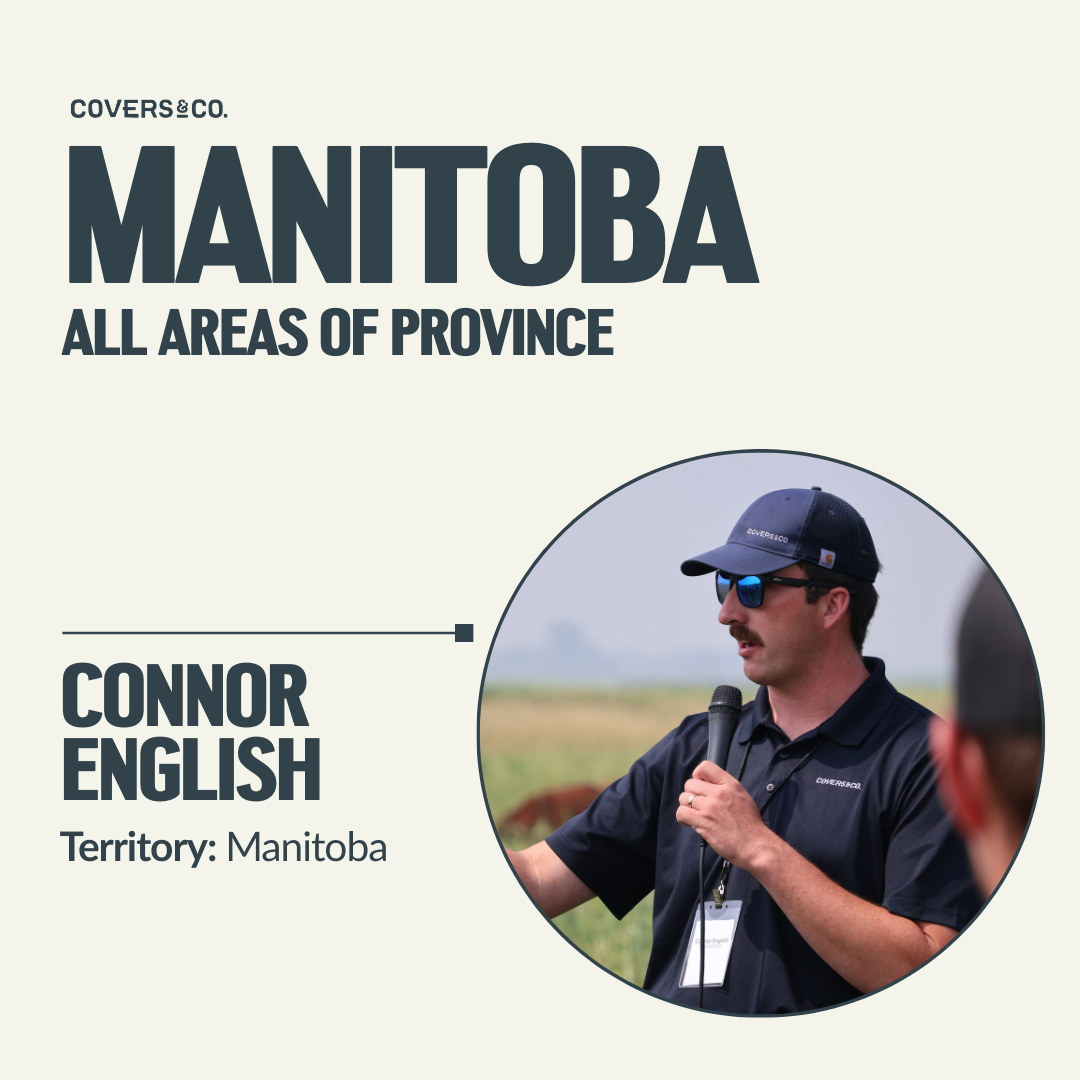
Name: Connor English
Home Farm Location: Bradwardine, Manitoba
Territory: Manitoba (all areas)